
The Dornier Do 23 was a German medium bomber of the 1930s.

The CANT Z.506 Airone was a trimotor floatplane produced by CANT from 1935. It served as a transport and postal aircraft with the Italian airline "Ala Littoria". It established 10 world records in 1936 and another 10 in 1937. During World War II it was used as a reconnaissance aircraft, bomber and air-sea rescue plane, by the Italian Regia Aeronautica and Regia Marina, Aeronautica Cobelligerante del Sud, Aeronautica Nazionale Repubblicana and the Luftwaffe. The military version revealed itself to be one of the best floatplanes ever built. Despite its wooden structure it was able to operate in very rough seas. A number of Z.506S air-sea rescue aircraft remained in service until 1959.

The Mitsubishi B2M was a Japanese carrier-based torpedo bomber of the 1920s and 1930s. It was built by Mitsubishi to a design by Blackburn Aircraft of Britain and was operated by the Imperial Japanese Navy.
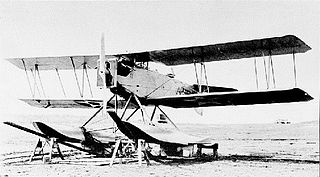
The Aeromarine AS was a seaplane fighter aircraft evaluated by the US Navy in the early 1920s.
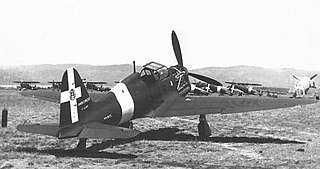
The Ambrosini SAI.207 was a light fighter interceptor and developed in Italy during World War II. Developed from the pre-war SAI.7 racing aircraft it was built entirely from wood, Powered by a single 750 hp Isotta Fraschini Delta, the SAI.207 enjoyed limited success during evaluation of the 12 pre-production aircraft.

The Halberstadt D.II was a biplane fighter aircraft developed and manufactured by German aircraft company Halberstädter Flugzeugwerke.
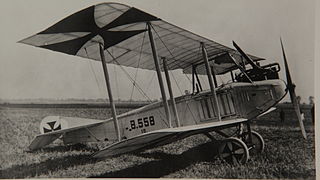
Note: Not to be confused with the Austro-Hungarian Aviatik B.II series 32, 32.7 and 34 which were different aircraft.

The LFG Roland C.II, usually known as the Walfisch (Whale), was an advanced German reconnaissance aircraft of World War I. It was manufactured by Luft-Fahrzeug-Gesellschaft G.m.b.H.

The Bréguet Bre.V B.2 bomber and Bréguet Bre.V Ca.2 escort fighter were French biplanes of World War I which were developments of the Bréguet Bre.IV bomber. The Bre.VI and Bre.XII were, in turn, developments of the Bre.V
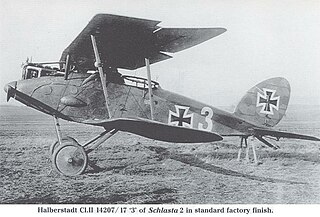
The Halberstadt CL.II was a German two-seat escort fighter/ground attack aircraft of World War I. It served in large numbers with the German Luftstreitkräfte in 1917-18.

The FBA Type A and the similar Type B and C were a family of reconnaissance flying boats produced in France prior to and during World War I.
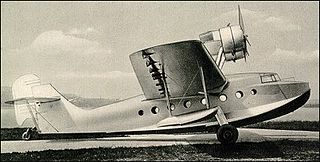
The Macchi M.C.94 was a 1930s Italian commercial flying boat built by Macchi.

The LFG Roland D.II was a German single-seat fighter of World War I. The type was manufactured by Luftfahrzeug Gesellschaft, and also by Pfalz Flugzeugwerke under license.

The Macchi M.41 was an Italian flying boat fighter prototype of 1927 designed and manufactured by Macchi. Its production model, the M.41bis, first flown in 1929, was in front line service from 1930 to 1938.

The Pfalz Dr.II was a German triplane fighter prototype of World War I built by Pfalz Flugzeugwerke.
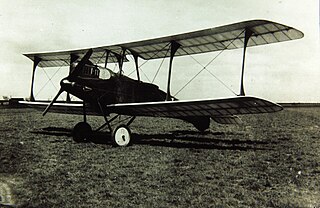
The Germania C.I was a two-seat general-purpose biplane built by Germania Flugzeugwerke during World War I.
The Germania C.I was a prototype two-seat general-purpose biplane built by Halberstadt during World War I.
The Halberstadt C.VIII was a prototype two-seat general-purpose biplane built by Halberstadt during World War I.

The Sablatnig C.II was a conventional C-type reconnaissance two-seater aircraft developed and built by Sablatnig in Berlin, Germany in 1918.
The LVG C.VIII was a prototype reconnaissance aircraft built in Germany during World War I.
This page is based on this
Wikipedia article Text is available under the
CC BY-SA 4.0 license; additional terms may apply.
Images, videos and audio are available under their respective licenses.


















